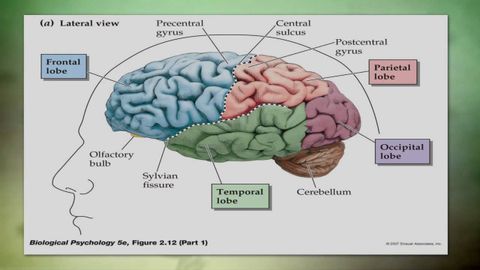腦外傷(TBI)概述 (Overview of Traumatic Brain Injury (TBI))
Anne Sheu 發佈於 2021 年 01 月 14 日  沒有此條件下的單字
沒有此條件下的單字- v.t.猛擊...的頭部
- n. (c./u.)大腦;頭腦;智囊;天才;中央處理器
- n. (u.)智力;腦力
US /ɪˈsenʃəli/
・
UK /ɪˈsenʃəli/
- adv.本質上 ; 本來 ; 實質上;本質上;實際上
US /ˈstrʌk.tʃɚ/
・
UK /ˈstrʌk.tʃə/
- n. (c./u.)結構;建築物
- v.t.構成;組織
- n.抽籤;期開獎,開獎;拍賣品;(土地)一室;現場

